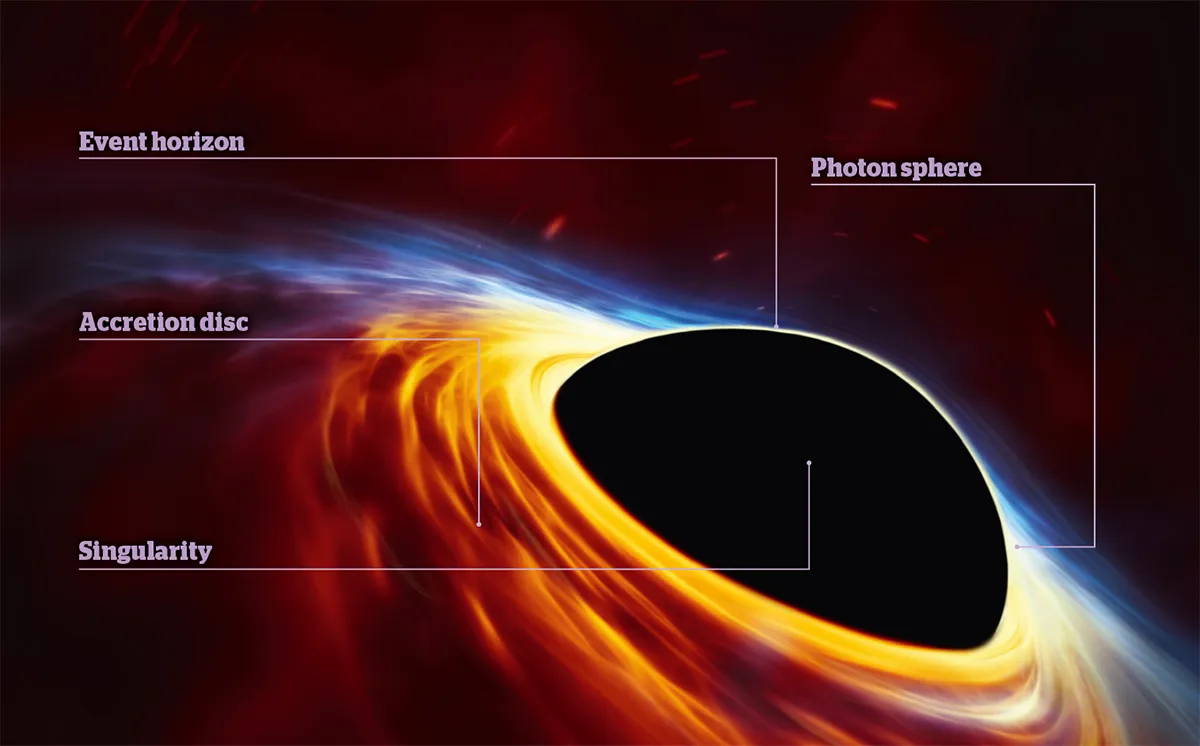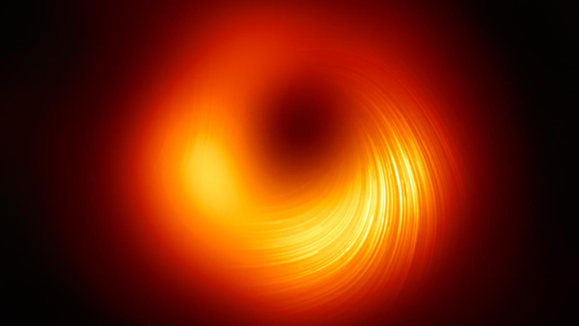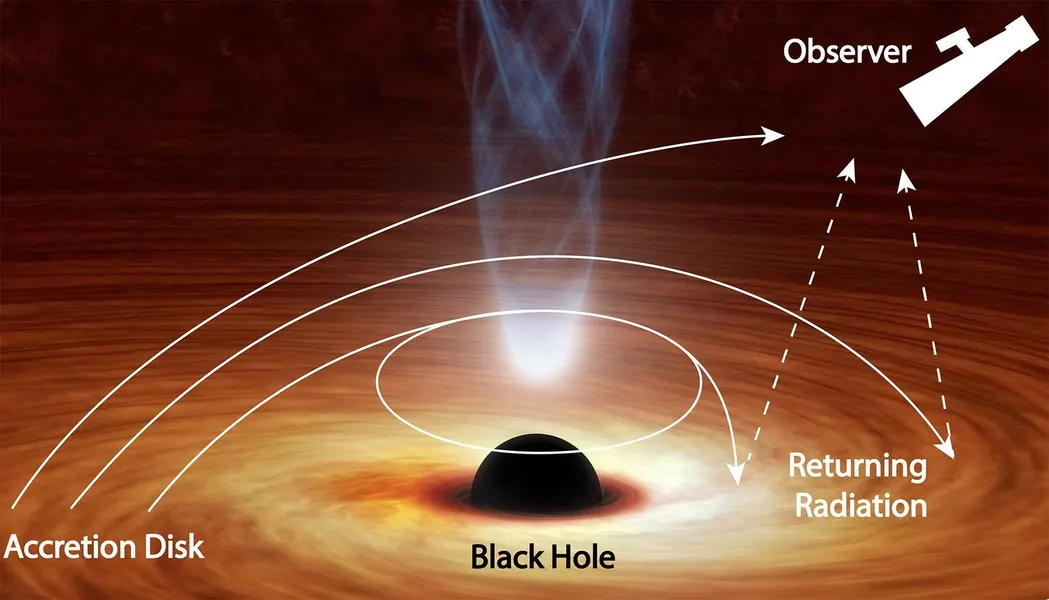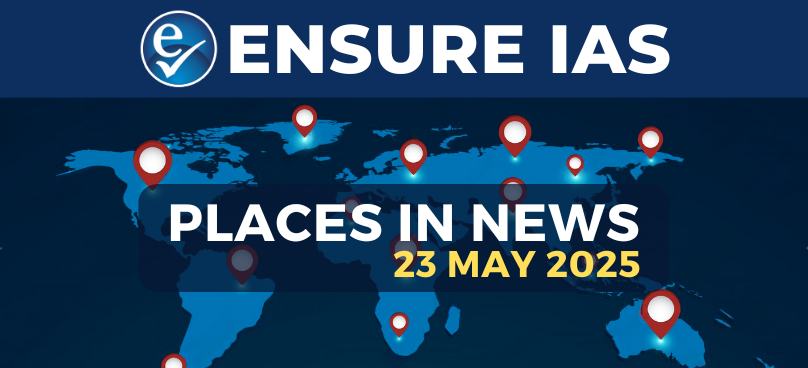- Courses
- GS Full Course 1 Year
- GS Full Course 2 Year
- GS Full Course 3 Year
- GS Full Course Till Selection
- Online Program
- GS Recorded Course
- NCERT (Recorded 500+ Hours)
- Polity Recorded Course
- Geography Recorded Course
- Economy Recorded Course
- AMAC Recorded Course
- Modern India, Post Independence & World History
- Environment Recoded Course
- Governance Recoded Course
- Science & Tech. Recoded Course
- International Relations and Internal Security Recorded Course
- Disaster Management Module Course
- Ethics Recoded Course
- Essay Recoded Course
- Current Affairs Recoded Course
- CSAT
- 5 LAYERED ARJUNA Mentorship
- Public Administration Optional
- ABOUT US
- OUR TOPPERS
- TEST SERIES
- FREE STUDY MATERIAL
- VIDEOS
- CONTACT US
Can We Make Black Holes Reveal Themselves in Echoes of Light?
Can We Make Black Holes Reveal Themselves in Echoes of Light?


A recent study published on November 7, 2024, in the Astrophysical Journal Letters presents a new way of studying black holes using light echoes. This research, led by George Wong and his team from the Institute for Advanced Study at Princeton University, could help scientists to measure important properties of black holes, such as their mass and spin, which are difficult to measure using traditional methods.
1. Why Are Black Holes Important?
- Black Holes: These are areas in space where gravity is so strong that nothing, not even light, can escape. They affect their surroundings in big ways, such as helping shape the galaxies they are in and influencing how stars around them form and evolve.
- Gravitational Effects: Black holes bend the fabric of spacetime around them and can release huge amounts of energy, affecting nearby stars and matter.

2. What Are Light Echoes?
- Gravitational Lensing: When light passes near a massive object like a black hole, the strong gravity causes the light to bend. This effect is known as gravitational lensing.
- Light Echoes: When light passes near a black hole, it can take several different paths. Some of the light travels directly to Earth, while other parts loop around the black hole before reaching Earth. The light that arrives later is called a light echo because it is delayed, like an echo.
- Key Fact: The time delay between the original light and its echo depends on the black hole's mass and spin. This delay helps scientists learn about the black hole.

3. Why Is It Hard to Measure Black Hole Properties?
- Traditional Measurement Methods: It is difficult to directly measure a black hole’s mass and spin because the material (hot gas, radiation, etc.) around the black hole often makes it hard to get clear signals.
- Light Echoes as a Solution: Light echoes can help because they provide a clearer signal that is less affected by the surrounding material. This can give scientists a better way to measure black holes’ properties.
4. Long-Baseline Interferometry: A New Method
- What is Long-Baseline Interferometry?
- This technique uses 2 telescopes placed far apart (for example, one on Earth and one in space) to observe the same black hole.
- When light reaches Earth from the black hole, some of it will be delayed because it took a longer path, and this delay can be measured.
- Key Fact: The two light signals (one direct and one delayed) can create an interference pattern. By studying this pattern, scientists can figure out the black hole’s mass and spin.
- How It Works: The 2 telescopes work together, using the fact that light takes different amounts of time to travel from the black hole to each telescope.
- The difference in time tells scientists about the black hole’s properties.
5. Observing the Black Hole in the M87 Galaxy
- M87 Galaxy: The researchers focused on the supermassive black hole at the center of the M87 galaxy, which is located about 55 million light-years from Earth.
- This black hole is large and bright, making it easier to study.
- Ring of Light: The black hole in M87 creates a bright ring of light that can be seen using special telescopes.
- This ring is formed because the black hole bends light from around it.
- The size, shape, and brightness of this ring can help scientists learn about the black hole’s mass and spin.
6. Simulations and Data Analysis
- Simulating Light Paths: To test their idea, the researchers used computer models to simulate the light traveling around the black hole.
- They estimated the time it took for light to travel from one side of the black hole to the other, considering how massive the black hole is and how fast it spins.
- Key Fact: These simulations showed how the delay between the light and its echo could be used to measure the black hole’s mass and spin.
7. General Relativity and Light Echoes
- Einstein's Theory: Albert Einstein’s general theory of relativity predicts that light echoes should occur for light of all colors, not just specific ones.
- This is called achromatic, meaning the light echoes should happen regardless of the wavelength (color) of the light.
- Key Fact: This study tests this prediction. If scientists can measure light echoes in different colors (frequencies), it would confirm that Einstein’s theory is correct in the extreme conditions around black holes.
8. Practical Challenges and Future Prospects
- Technical Requirements: Detecting light echoes will require very precise instruments. The telescopes need to be sensitive enough to measure the small delays in the light signals.
- Observing Multiple Frequencies: To confirm their findings, the researchers will need telescopes that can measure light echoes at multiple frequencies (colors) at the same time. This is a big technical challenge.
- Expanding the Study: While the M87 black hole is a great example for this study, the method can also be applied to other supermassive black holes. Scientists hope to use this method to study black holes in our Milky Way galaxy and beyond.
Conclusion and Implications
The ability to measure light echoes could change the way scientists study black holes. This method could make it easier to measure a black hole’s mass and spin, providing a clearer understanding of how black holes work. If light echoes are detected in multiple frequencies, it would provide more evidence that Einstein’s general relativity is correct, even in the extreme conditions around black holes.
| Also Read | |
| UPSC Prelims Result | UPSC Daily Current Affairs |
| UPSC Monthly Mgazine | Previous Year Interview Questions |
| Free MCQs for UPSC Prelims | UPSC Test Series |
| ENSURE IAS NOTES | Our Booklist |
Official Secrets Act, 1923; and Section 152 of Bharatiya Nyaya Sanhita(BNS)



